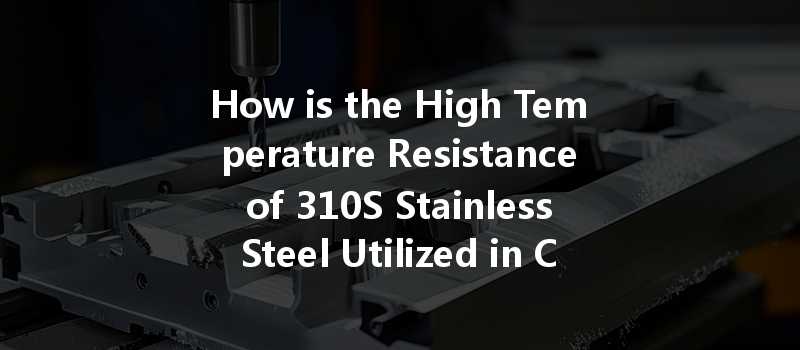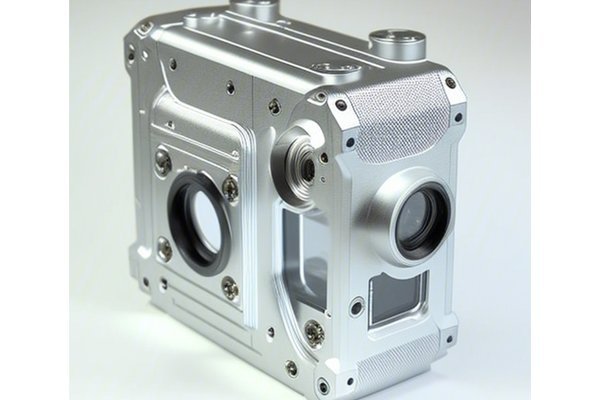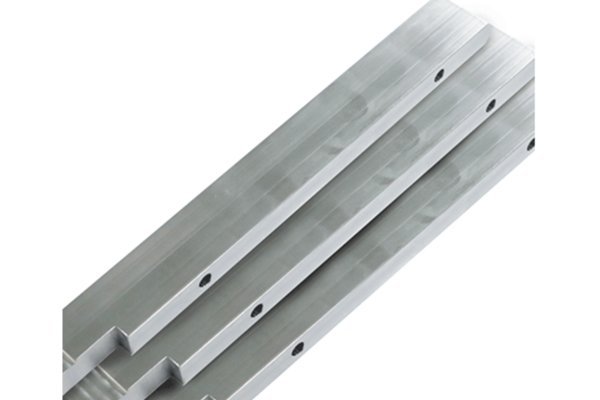Did you know that 310S stainless steel can withstand temperatures up to 2100°F (1150°C) without losing its structural integrity? This exceptional heat resistance makes 310S an ideal choice for various CNC machining applications, particularly in industries where high temperatures are prevalent. As technology continues to advance, understanding the material properties of components used in CNC machining is more crucial than ever. In this blog post, we will explore the high-temperature resistance of 310S stainless steel, its benefits, and how it can be effectively utilized in CNC machining processes.
The Importance of Material Selection in CNC Machining
CNC machining, or computer numerical control machining, is a manufacturing process that employs pre-programmed software to control the movement of machinery. The precision and efficiency of CNC machining are largely dependent on the materials used. Selecting the right material is vital to ensure the durability and performance of the machined components, especially when subjected to extreme conditions.
Components that will experience significant heat, including those in industrial furnaces, heat exchangers, and gas turbines, require materials that can endure high temperatures without succumbing to thermal fatigue, oxidation, or creep. 310S stainless steel stands out as a leading candidate due to its unique metallurgical properties.
What Makes 310S Stainless Steel Unique?
Composition and Structure
310S stainless steel is a low-carbon version of 310 steel, which contains high levels of chromium (approximately 25%) and nickel (about 20%). This unique composition imparts several advantageous properties, particularly its high-temperature resistance. The low carbon content also reduces the risk of carbide precipitation, a process that can negatively impact the steel’s corrosion resistance.
High-Temperature Resistance
The primary appeal of 310S stainless steel lies in its ability to maintain its strength and structural integrity at elevated temperatures. As mentioned earlier, it can handle temperatures up to 2100°F. This characteristic is essential in applications such as:
CNC Machining of 310S Stainless Steel
Machining Characteristics
While 310S stainless steel provides outstanding high-temperature performance, it also presents unique challenges in machining. Some of these include:
Techniques for CNC Machining 310S Stainless Steel
To maximize the benefits of 310S stainless steel in machining, several techniques can be used:

Quality Control and Assurance
When working with high-performance materials like 310S stainless steel, maintaining stringent quality control measures is vital. Implementing the following practices can help:
Examples of Applications
In the aerospace industry, components made from 310S stainless steel are often used in jet engines and combustion chambers where exposure to extreme temperatures is inevitable. The material’s strength at high temperatures allows for reduced weight in critical components without compromising safety or performance.
The petrochemical industry often involves processes at high temperatures and corrosive environments. For piping and valves that transfer heated substances, 310S stainless steel provides the durability needed to withstand the severe conditions without succumbing to degradation.
In performance and racing applications where high exhaust temperatures are a factor, 310S stainless steel can be used for exhaust systems and turbocharger components, providing reliability and efficiency.
In summary, the high-temperature resistance of 310S stainless steel is a game-changer in CNC machining applications. From aerospace and petrochemical sectors to automotive and industrial applications, this material offers unparalleled advantages when properly machined.
The optimal use of advanced machining techniques, coupled with rigorous quality control, ensures that components manufactured from 310S maintain their structural integrity and high performance even under extreme conditions. As industries increasingly demand materials that can withstand high temperatures, the relevance of 310S stainless steel in CNC machining will continue to grow.
Now is the time for manufacturers and engineers to embrace the capabilities of 310S stainless steel. By understanding and implementing the aspects discussed in this blog, industries can optimize their production processes and achieve higher standards of efficiency, safety, and durability. The shift towards high-performance materials like 310S is not just a trend—it’s a critical evolution towards modern manufacturing competitiveness.






